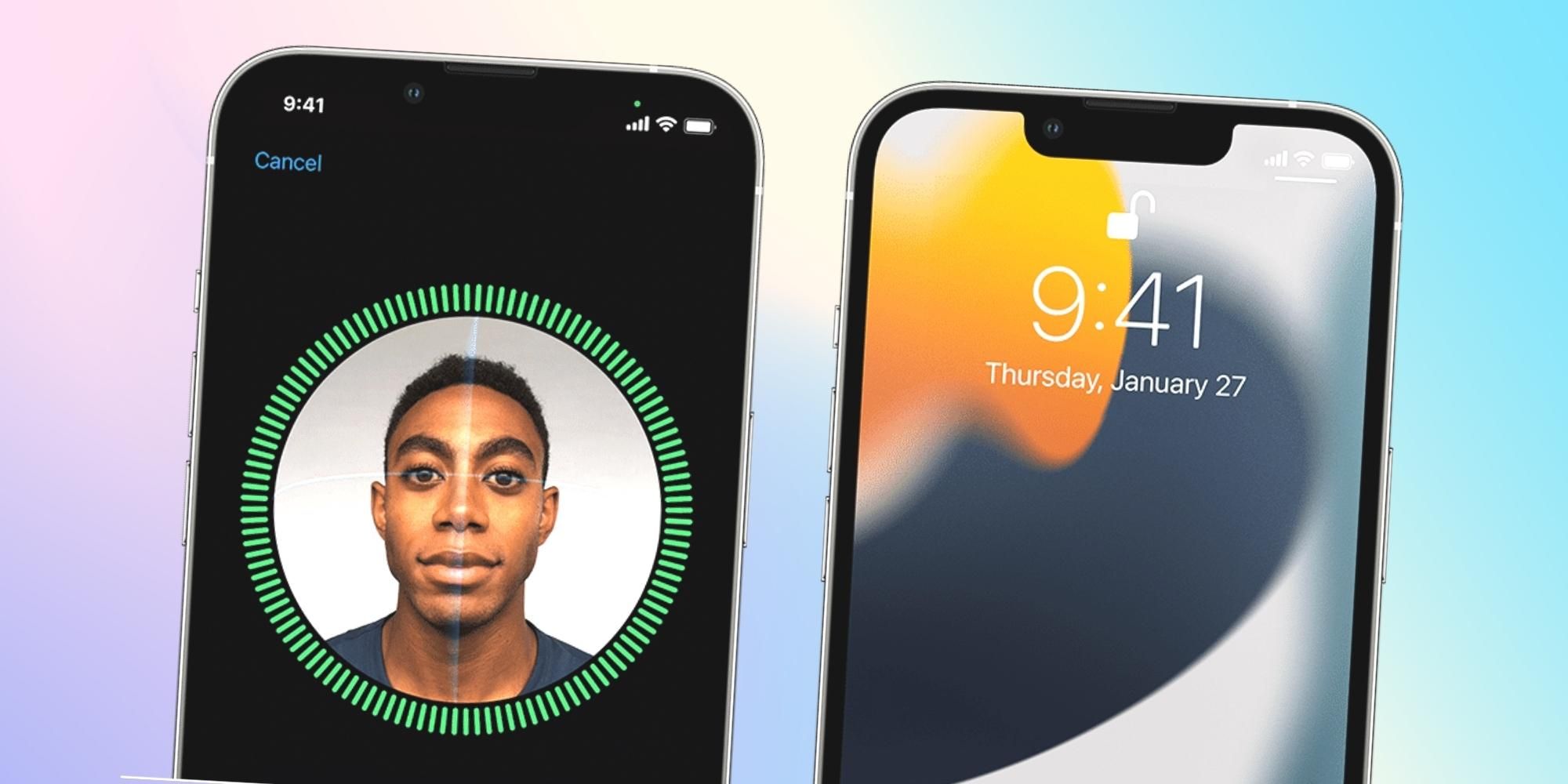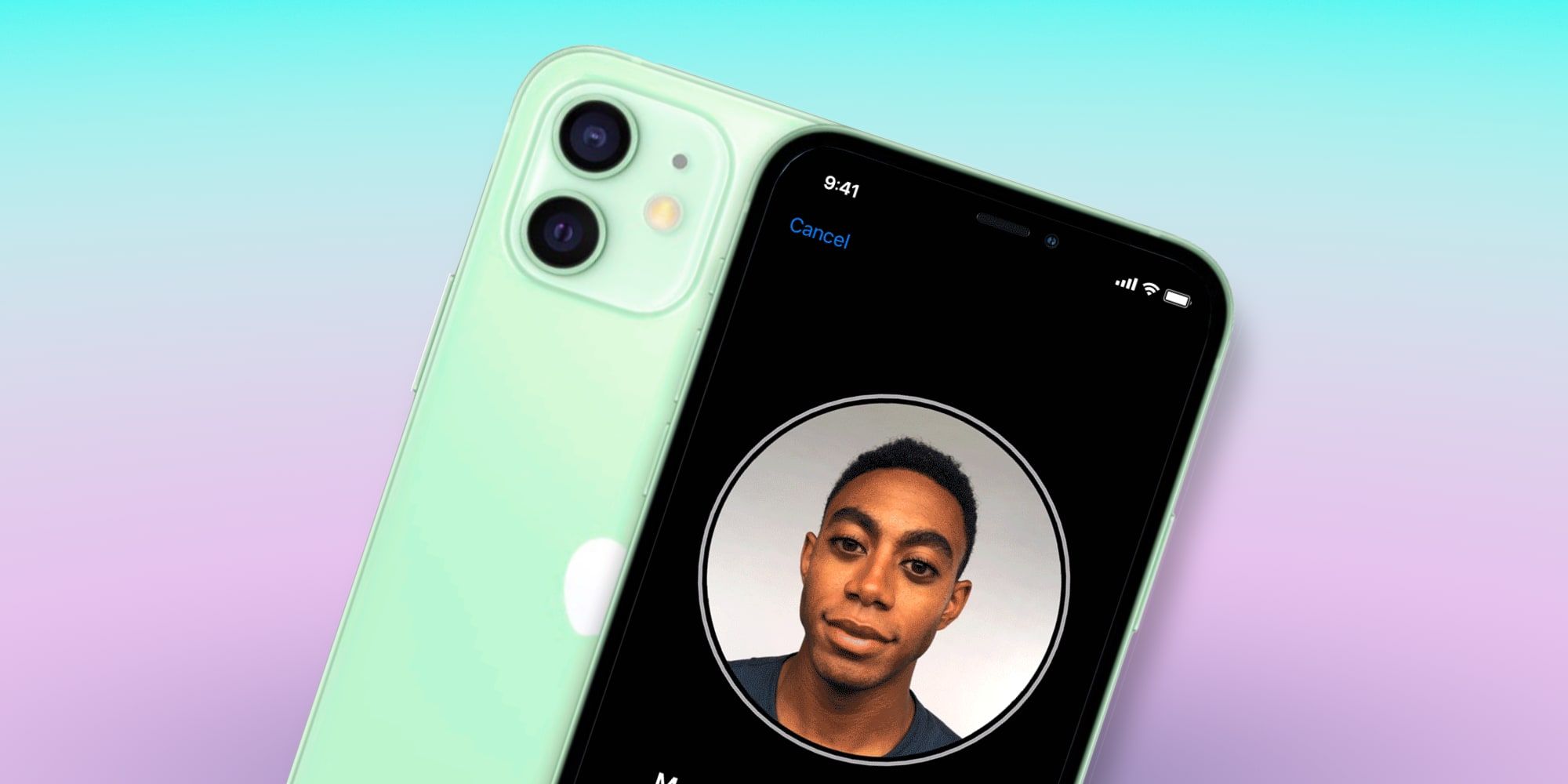Apple's Face ID has been around for quite a long time, but some iPhone users are concerned about how secure it is. Face ID is a biometric system that combines multiple sensors to perform a facial scan of the user and saves the data in the iPhone's memory. Then, every time a user picks up the iPhone to unlock it, the Face ID sensors run a quick scan and unlock the iPhone so that users do not have to press any buttons or enter any passwords.
Before Face ID came into existence, Apple used the iconic Touch ID that scanned users' fingerprints to unlock their smartphones. Touch ID retained its position on iPhones from iPhone 5s to iPhone 8 Plus, doubling as the home button. However, the sensor used in Touch ID was slow, and it occupied a lot of space in the iPhone chassis, resulting in a large bottom bezel. Apple bid farewell to its outdated fingerprint scanner with the launch of Face ID. However, Touch ID is still used on iPhone SE 3 and iPad (9th Gen).
To recall, Apple introduced Face ID in 2017. The first iPhone to feature Face ID was iPhone X. To fit many sophisticated sensors and the front-facing camera into a smaller module, iPhone X came with a notch at the top of the display (it did not have bezels on the other sides). Apple refers to this combination of sensors as its TrueDepth Camera system. Back in the day, it contained a 7MP camera, an infrared camera, an infrared flood illuminator and a dot projector that maps out over 30,000 dots over the user's face. Together, these sensors make up one of the best facial recognition systems on a smartphone. Since 2017, Face ID has been a part of all the iPhones launched by Apple, except the iPhone SE 2020 and iPhone SE 3. This includes the iPhone X, iPhone 11, iPhone 12 and the latest iPhone 13.
Face ID Is More Secure Than Apple's Touch ID
While releasing Face ID, Apple explained that a chance of a random person unlocking an iPhone through Face ID is one in a million. In comparison, Touch ID could be fooled about one in every 50,000 attempts. This shows that Face ID is 20 times more secure than the fingerprint sensors used on older iPhones. Furthermore, on the official support page, Apple says that "the technology that enables Face ID is some of the most advanced hardware and software that we've ever created." This entails projecting and analyzing thousands of data points to create a three-dimensional map of users' faces along with an infrared image and then converting it into a mathematical representation for comparison.
Apple says it processes Face ID's sensitive data through Secure Enclave, which is a sub-system integrated into Apple's A11 chip and later. However, the Cupertino-based company also stated that users should rely more on passcodes if they have an "evil twin" who looks exactly like them. Nevertheless, this should not bother users to the extent that they refrain from setting up Face ID on their iPhones. Initially, Face ID was designed to work with hats, scarves, glasses, and sunglasses. However, it can also adapt to subtle changes in the user's appearance, like a growing beard. Additionally, Face ID works with masks with iOS 15.4 on iPhone 12 and later.
Source: Apple


